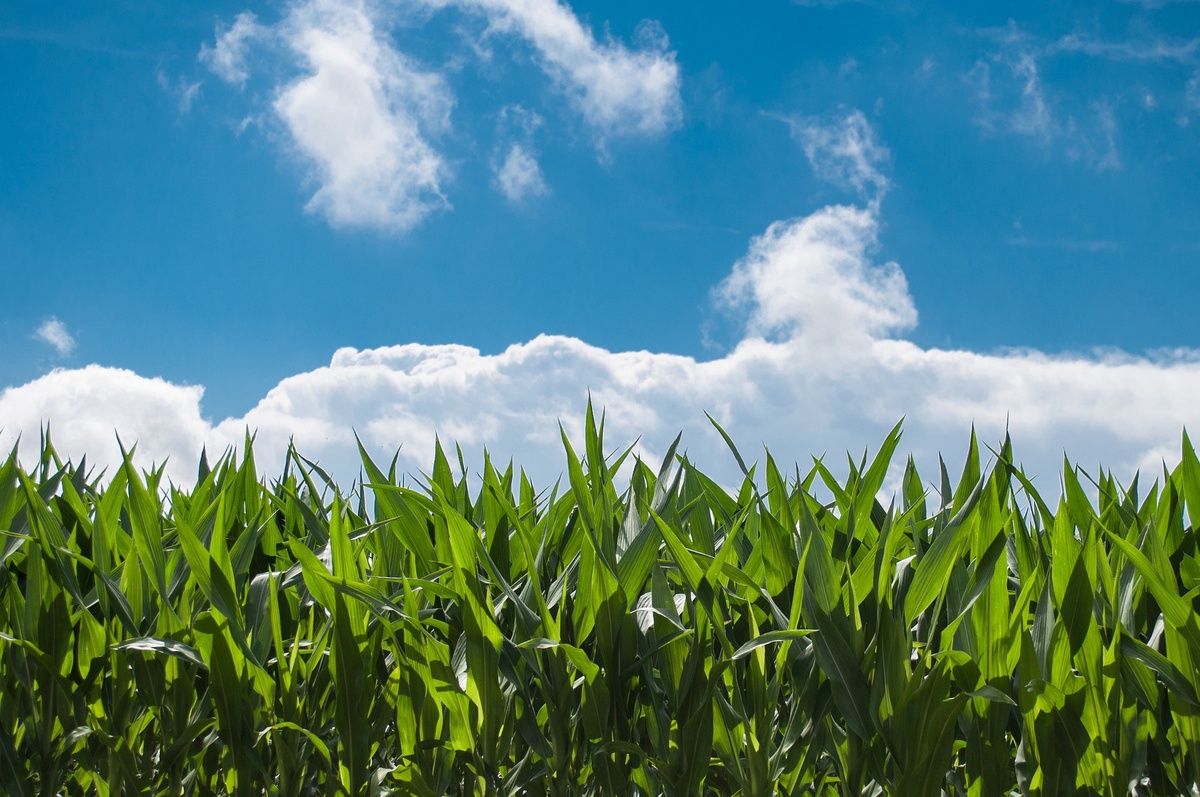In an era where environmental concerns are at the forefront of global discourse, it is imperative that all industries, including agriculture, take significant steps towards sustainability. field management system, in particular, play a vital role in either contributing to or mitigating the impact of climate change. Green practices and cutting-edge technologies have emerged as a beacon of hope for the agricultural sector. One such technology that is revolutionizing agriculture is advanced crop modeling.
The Imperative of Sustainability in Field Operations
Before delving into advanced crop modeling, let's understand why sustainability in field operations is of paramount importance. Agriculture, while essential for feeding the world's population, is also a significant contributor to environmental issues. These include deforestation, soil degradation, water pollution, and greenhouse gas emissions. Recognizing this, the adoption of green practices and sustainable technologies is not only an ethical responsibility but also a necessity for long-term food security.
Green Practices in Field Operations
Green practices in field operations encompass a wide range of strategies that aim to reduce the environmental footprint of agriculture while optimizing productivity. Here are some notable green practices:
- Precision Agriculture: Precision agriculture involves the precise management of resources such as water, fertilizers, and pesticides. Through the use of sensors, GPS technology, and data analytics, farmers can apply these resources only where and when they are needed. This not only reduces wastage but also minimizes environmental pollution.
- Crop Rotation and Diversification: Crop rotation and diversification are practices that reduce soil degradation, pests, and disease pressures. By growing a variety of crops in a rotation, farmers can maintain soil health and reduce the need for chemical inputs.
- No-Till Farming: No-till farming is a conservation practice where the soil is left undisturbed between planting seasons. This reduces soil erosion, improves water retention, and sequesters carbon in the soil.
- Cover Crops: Planting cover crops during the off-season helps prevent soil erosion, adds organic matter to the soil, and enhances its overall health.
- Agroforestry: Combining tree planting with traditional agriculture can improve soil quality, provide shade for crops, and sequester carbon.
Advanced Crop Modeling: A Game-Changer for Sustainability
Advanced crop modeling is a technological marvel that empowers farmers with data-driven insights to optimize crop production while minimizing environmental impact. This sophisticated technology combines data from various sources, including satellite imagery, weather data, and on-ground sensors, to create detailed models of crop growth and development. These models can be used for a variety of purposes, including resource management, risk assessment, and yield prediction.
Key Aspects of Advanced Crop Modeling
- Resource Management: Advanced crop models assist farmers in optimizing the use of resources such as water and fertilizers. By simulating crop responses to different resource levels, farmers can make informed decisions about resource allocation, reducing waste and environmental impact.
- Pest and Disease Management: These models can predict the likelihood of pest and disease outbreaks based on environmental conditions. By identifying high-risk periods, farmers can implement targeted pest control measures, reducing the need for broad-spectrum chemicals.
- Climate Resilience: In the face of changing climate patterns, advanced crop modeling helps farmers adapt by simulating crop performance under different climate scenarios. This enables the selection of crop varieties and planting times that are better suited to evolving conditions.
- Yield Prediction: Accurate yield predictions allow farmers to plan harvests more efficiently, reducing food waste. Additionally, by understanding yield variability, they can adjust planting strategies to maximize production while minimizing resource use.
- Ecosystem Services: Advanced crop modeling also considers the broader ecosystem. By promoting sustainable practices that protect soil health and biodiversity, these models contribute to the preservation of natural resources.
Practical Implementation
Implementing advanced crop modeling requires the integration of various technologies and expertise. Here are the key steps in practical implementation:
- Data Collection: Collecting relevant data is the foundation of advanced crop modeling. This includes data on soil properties, weather conditions, crop genetics, and historical performance.
- Model Development: Developing crop models involves creating algorithms that simulate crop growth based on the collected data. These models can range from simple regression models to complex machine learning algorithms.
- Model Calibration: Calibrating the model involves fine-tuning it to local conditions. This often requires iterative processes to improve accuracy.
- Data Integration: Data from various sources, including satellites, weather stations, and ground sensors, must be integrated into the model in real-time.
- Decision Support: The output from the model provides decision support for farmers. This can include recommendations for planting times, resource allocation, and pest management.
Conclusion
Environmental sustainability in field operations is no longer an option; it's a necessity. Green practices, combined with advanced technologies like crop modeling, offer a path toward agricultural sustainability. advanced crop modeling, with its data-driven insights and predictive capabilities, empowers farmers to make informed decisions that optimize resource use, reduce environmental impact, and ensure food security in a changing world. As we embrace these innovations, we take a significant step towards a greener and more sustainable future for agriculture.


No comments yet